3654 results in ebooks in fluid mechanics
14 - Stability of Conical Flows
-
- Book:
- Counterflows
- Published online:
- 05 November 2012
- Print publication:
- 15 October 2012, pp 411-456
-
- Chapter
- Export citation
Index
-
- Book:
- Counterflows
- Published online:
- 05 November 2012
- Print publication:
- 15 October 2012, pp 467-470
-
- Chapter
- Export citation
13 - Magnetic Counterflows
-
- Book:
- Counterflows
- Published online:
- 05 November 2012
- Print publication:
- 15 October 2012, pp 379-410
-
- Chapter
- Export citation
3 - Bifurcation of Swirl in Conical Counterflows
-
- Book:
- Counterflows
- Published online:
- 05 November 2012
- Print publication:
- 15 October 2012, pp 28-59
-
- Chapter
- Export citation
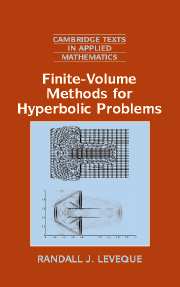
Finite Volume Methods for Hyperbolic Problems
-
- Published online:
- 05 September 2012
- Print publication:
- 26 August 2002
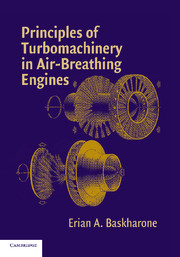
Principles of Turbomachinery in Air-Breathing Engines
-
- Published online:
- 05 September 2012
- Print publication:
- 31 July 2006
-
- Book
- Export citation
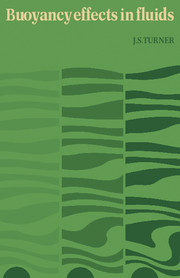
Buoyancy Effects in Fluids
-
- Published online:
- 05 August 2012
- Print publication:
- 01 February 1973
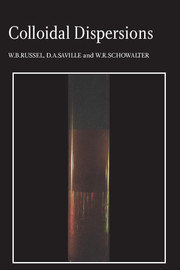
Colloidal Dispersions
-
- Published online:
- 05 August 2012
- Print publication:
- 07 December 1989
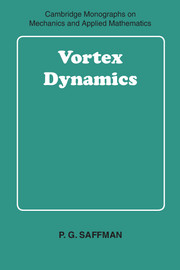
Vortex Dynamics
-
- Published online:
- 05 August 2012
- Print publication:
- 29 January 1993
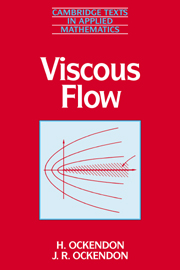
Viscous Flow
-
- Published online:
- 05 June 2012
- Print publication:
- 27 January 1995
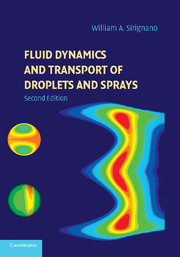
Fluid Dynamics and Transport of Droplets and Sprays
-
- Published online:
- 05 June 2012
- Print publication:
- 11 January 2010
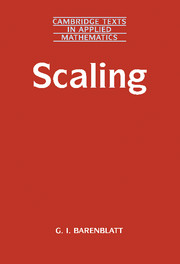
Scaling
-
- Published online:
- 05 June 2012
- Print publication:
- 13 November 2003

Introduction to Computational Fluid Dynamics
-
- Published online:
- 05 June 2012
- Print publication:
- 08 August 2005
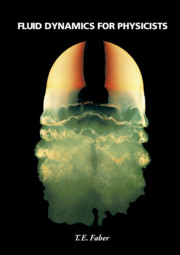
Fluid Dynamics for Physicists
-
- Published online:
- 05 June 2012
- Print publication:
- 17 August 1995
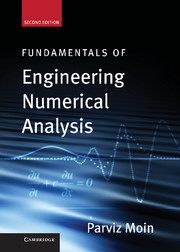
Fundamentals of Engineering Numerical Analysis
-
- Published online:
- 05 June 2012
- Print publication:
- 23 August 2010
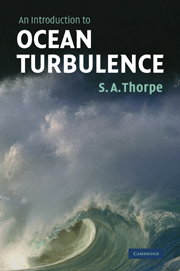
An Introduction to Ocean Turbulence
-
- Published online:
- 05 June 2012
- Print publication:
- 11 October 2007
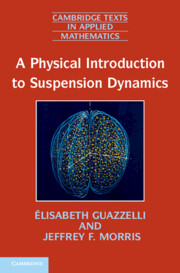
A Physical Introduction to Suspension Dynamics
-
- Published online:
- 05 June 2012
- Print publication:
- 24 November 2011
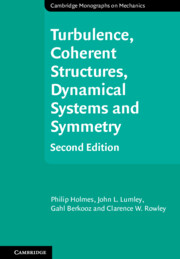
Turbulence, Coherent Structures, Dynamical Systems and Symmetry
-
- Published online:
- 05 June 2012
- Print publication:
- 23 February 2012
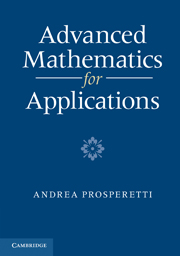
Advanced Mathematics for Applications
-
- Published online:
- 05 June 2012
- Print publication:
- 06 January 2011
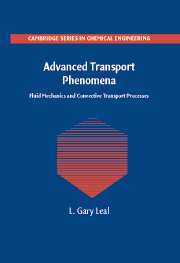
Advanced Transport Phenomena
- Fluid Mechanics and Convective Transport Processes
-
- Published online:
- 05 June 2012
- Print publication:
- 18 June 2007
